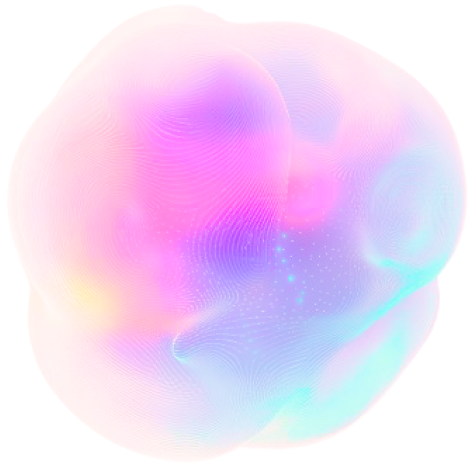Research Solutions (NASDAQ: RSSS), a leader in AI-driven research tools, has announced the launch of Tables in Scite Assistant, a major advancement that enables researchers to extract and analyze data from scientific literature with unprecedented efficiency. This innovation strengthens Scite’s role in AI-powered research platforms by delivering advanced capabilities designed to streamline workflows and enhance engagement.
The new Tables functionality allows researchers to extract structured data from peer-reviewed literature using AI, reducing the time and effort required for literature reviews. Roy W. Olivier, CEO of Research Solutions, stated that this feature extends beyond traditional AI chat tools, providing enterprises with innovative ways to interact with scientific content. He noted that early users have reported significantly higher engagement levels and improved research efficiency.
Josh Nicholson, PhD, Chief Strategy Officer at Research Solutions, said that user feedback played a central role in developing Scite Tables. He mentioned that enterprise customers valued the ability to customize and organize research data in various formats, highlighting that the tool delivers more than AI-generated summaries by offering structured insights critical for literature analysis. He also stressed the importance of partnerships with publishers in refining the platform’s capabilities.
The introduction of Scite Tables aligns with the growing demand for AI-driven research solutions across sectors like Medical Affairs, Research & Development, and Clinical Operations. Early adopters have already leveraged the tool to enhance competitive intelligence, identify biomarkers, and streamline systematic reviews. Users have reported significant reductions in manual data extraction, accelerating decision-making and improving research workflows.
Research Solutions continues to expand its AI-powered research ecosystem, providing institutions and life science companies with tools to access, manage, and analyze scientific literature more effectively. By integrating AI with full-text search and publisher-independent access, the company is driving the next generation of scientific discovery.






